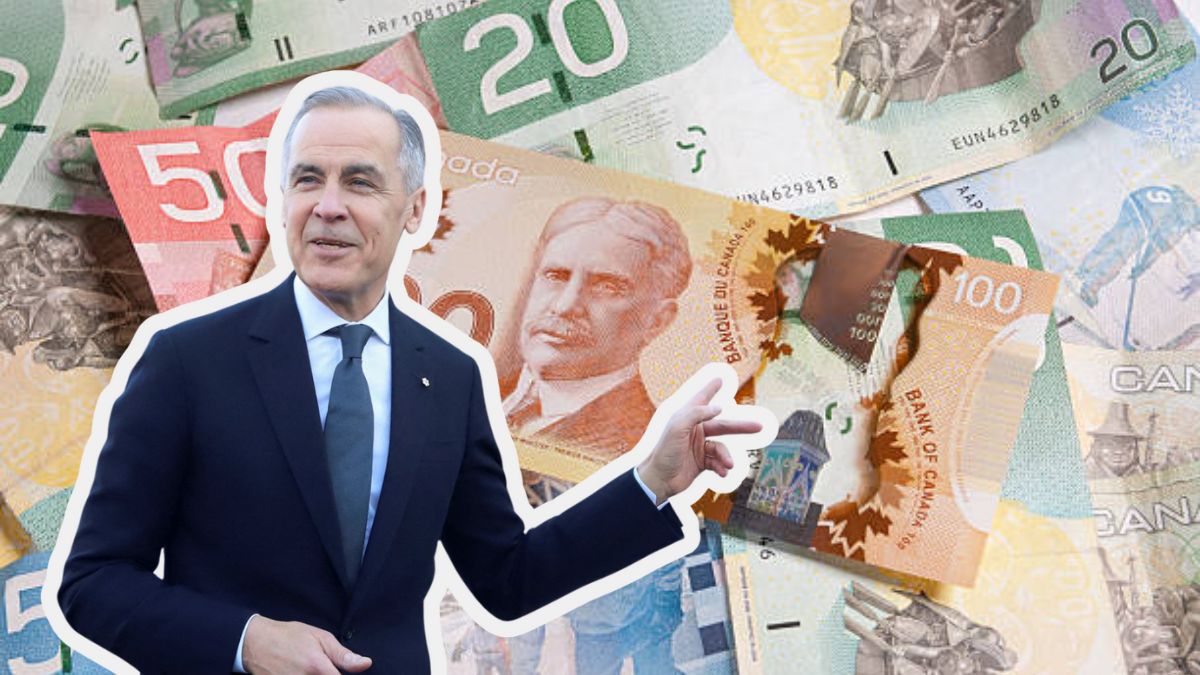As 2025 unfolds, Canadian households grappling with higher grocery bills, heating costs, and rising energy expenses are set to see some relief. The federal government has confirmed an enhanced Canada Carbon Rebate, formerly known as the Climate Action Incentive Payment (CAIP).
This upgraded program not only provides larger quarterly payments but also simplifies how Canadians receive them. And while the rebate offers immediate financial relief, it’s also part of a long-term strategy to tackle climate change through carbon pricing.
So, who qualifies, how much will you receive, and when should you expect the deposit? Here’s a detailed look at the new 2025 carbon rebate and why it matters.
Major Updates in 2025
The Canada Carbon Rebate 2025 comes with significant enhancements designed to expand its reach and impact:
- Higher quarterly payments for individuals, couples, and families.
- A 20% rural supplement for Canadians living outside major cities.
- Simplified process: no separate applications—just file your taxes.
- Increased carbon pricing of \$95 per tonne starting April 2025, generating more funds to be redistributed.
The rebate is designed to balance rising carbon tax revenues with direct financial support, ensuring that households—especially those on modest incomes—are not left behind.
How Much Will You Receive?
Rebate amounts depend on province of residence and family size. Payments are issued quarterly and automatically deposited into eligible recipients’ bank accounts.
Here’s a snapshot of expected quarterly payments starting July 2025:
| Province | Individual | Couple | Family of 4 | Rural Bonus (+20%) |
|---|---|---|---|---|
| Alberta | \$140 | \$210 | \$280 | Yes |
| Ontario | \$110 | \$165 | \$220 | Yes |
| Manitoba | \$120 | \$180 | \$240 | Yes |
| Saskatchewan | \$130 | \$195 | \$260 | Yes |
| Nova Scotia | \$100 | \$150 | \$200 | Yes |
| Newfoundland & Labrador | \$105 | \$157 | \$210 | Yes |
👉 For example, a family of four in Alberta will receive \$1,120 annually, excluding the rural bonus. If they qualify for the rural top-up, the payment jumps by 20%, making the rebate even more impactful.
Payment Dates – Mark Your Calendar
The CRA has confirmed the following quarterly payment schedule for the 2025–2026 benefit year:
- July 2025
- October 2025
- January 2026
- April 2026
Payments are typically deposited directly into your bank account under the label “Climate Action Incentive”. If you haven’t signed up for direct deposit, a paper cheque will be mailed, though this may take additional days to arrive.
Why This Rebate Matters
With fuel prices climbing, heating costs surging, and inflation squeezing household budgets, the rebate is more than symbolic—it’s critical support.
According to the Parliamentary Budget Officer, around 80% of Canadian families receive more money back in rebates than they pay in carbon pricing. This means most households are net winners under the program.
For low- and middle-income families, the rebate helps bridge the gap between stagnant wages and escalating costs of living.
The Bigger Picture – Climate Action
The rebate isn’t just about returning money—it’s also about driving behavioral change.
- The “Polluter Pays Principle” underpins Canada’s carbon pricing framework.
- Carbon taxes are designed to make polluting activities more expensive.
- The rebate offsets these costs, ensuring households are protected while still encouraging cleaner choices.
By 2030, Canada aims to raise the carbon price significantly higher, but rebates are expected to scale alongside these increases. This dual approach attempts to strike a balance: protecting household finances while reducing greenhouse gas emissions.
How to Claim the Carbon Rebate
The best part about the 2025 program is its simplicity—there’s no complicated application process. Here’s what you need to do:
- File your 2024 income tax return on time.
- Keep your banking details up to date with the CRA to ensure smooth direct deposits.
- Watch for a deposit labelled “Climate Action Incentive” or “CAIP.”
That’s it. If you meet the eligibility requirements, the CRA will automatically process your rebate.
Rural Bonus – Why It Matters
Canadians living in rural or remote communities face higher energy costs due to limited transit options and longer travel distances. Recognizing this, the government adds a 20% rural supplement to the rebate.
For instance, a family of four in Saskatchewan that qualifies for the rural bonus could see their annual rebate climb from \$1,040 to nearly \$1,250.
What If You Don’t Receive Your Payment?
If your rebate hasn’t arrived within a week of the scheduled date:
- Log into your CRA My Account to check payment status.
- Confirm that your tax return was filed and assessed.
- Verify your direct deposit information is accurate.
- Contact the CRA if the payment is still missing.
Delays are often due to late tax filings, outdated bank details, or changes in marital/residency status not reflected in CRA records.
Why the Rebate Is Growing in 2025
The increase in payment amounts is tied to Canada’s carbon pricing hike to \$95 per tonne. As revenues grow, so do household rebates.
By 2030, carbon pricing will climb even higher, but the government promises that rebates will continue to be indexed and adjusted to offset these rising costs.
This ensures that while polluters pay more, ordinary families are protected.
Key Takeaways
- Payment start date: July 2025.
- Annual maximum: Up to \$1,120 for families, before rural bonus.
- Eligibility: Must file 2024 taxes and reside in an eligible province.
- Application: Not required—rebates are automatic.
- Environmental goal: Supports Canada’s climate strategy while protecting households.
3 Creative, Suspenseful SEO-Friendly Titles
- Canada’s \$1,120 Carbon Rebate Arrives July 2025 – Will You Qualify?
- CRA Confirms Bigger Carbon Rebates: Who Gets the \$1120 Payout in 2025
- New Canada Carbon Rebate Explained – How to Secure Your 2025 Payment
5 SEO-Friendly FAQs
Q1: How much is the 2025 Canada Carbon Rebate?
A1: Families can receive up to \$1120 annually, with amounts varying by province and household size. Rural residents get an extra 20% bonus.
Q2: Who qualifies for the carbon rebate in 2025?
A2: Canadians who file their 2024 tax return and live in eligible provinces automatically qualify.
Q3: When are the 2025 carbon rebate payments issued?
A3: Payments are made quarterly in July 2025, October 2025, January 2026, and April 2026.
Q4: Do I need to apply for the rebate?
A4: No. The CRA issues payments automatically once taxes are filed.
Q5: Why is the rebate higher in 2025?
A5: Because Canada’s carbon pricing standard increased to \$95 per tonne, generating more revenue to redistribute to households.










